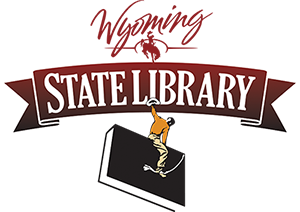By Doug Johnson
Reposted from The Blue Skunk Blog
[su_quote]How do you persuade kids (and teachers) to use authoritative online sources and not just “Google” the information they need? How do you teach your users to see the library as a portal to trusted sources?
Online resources do not jump out at students and staff and scream “use me” any more than our library books jumped off the shelves. Digital resources also need to be promoted and displayed.[/su_quote]
The Indispensable Librarian, 2nd ed, 2013
The librarians I know are masters of promoting books to kids. Displays, contests, book talks, author visits, posters, and other far more creative tactics move books off the shelves and into kids hands and hearts. We’ve had about 500 years experience in getting people to read, so we should be good at it.
But lately I have heard a different frustration expressed. After investing significant amounts of our library resource dollars in commercial online products, they too often go unused or underutilized.
Wouldn’t you think that today’s “digital native” [insert cynical snort here] would just automatically find and use full-text magazine services, online encyclopedias, subject specific databases, e-books, video content providers, and other digital sources of information that are vetted and reliable?
“Oh, you mean there are other places than Google, Wikipedia and YouTube to find information?”
Can we apply some of the same techniques for promoting print resources to digital resources? And what new techniques do we need to use? Here are a few starter ideas…
- Library orientation programs must of course demonstrate online resources as well as the physical ones.
- Introductions to online resources are best done during research units themselves—when students actually need the information they contain.
- Any bibliography or webquest prepared for a unit should reference electronic tools as well as those in print.
- During inservices, at teacher meetings and in newsletters, teachers need to be informed about and trained in using these digital resources.
- Library webpages should clearly mark links to their digital resources, either on the homepage or on a separate page that has a clear link from the home page. A note by the link that tells the user any special instructions for accessing the resource not only helps the user but also cuts down on questions. The library’s webpage with links to its digital resources should be the default page when any web browser is launched on every library computer. If you are a Chromebook district, set bookmarks to library resources using the management system on all devices – student and staff.
- Students and teachers can be subtly reminded of the schools’ online resources if guides in the form of posters are visible near workstations. Bookmarks with this information may yet have a few years of viability left. Your screen savers on library computers can be an “ad” for online resources.
- Contests, including scavenger hunts, can raise the visibility of commercial online resources. Tie your contests to a single database at a time, doing smaller contests, more often. We have Battle of the Books. How about Battle of the ‘Bases?
Just because it doesn’t fit in a display case, doesn’t mean you can’t make it visible.
I am very interested in effective methods librarians have found to lead students to good online resources.
Reposted from The Blue Skunk Blog under a Creative Commons Attribution-Noncommercial-Sharealike 3.0 Unported License.
